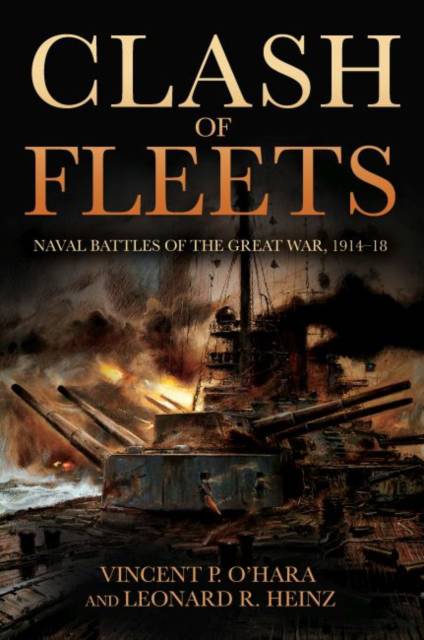
- Afhalen na 1 uur in een winkel met voorraad
- Gratis thuislevering in België vanaf € 30
- Ruim aanbod met 7 miljoen producten
- Afhalen na 1 uur in een winkel met voorraad
- Gratis thuislevering in België vanaf € 30
- Ruim aanbod met 7 miljoen producten
Zoeken
€ 41,45
+ 82 punten
Omschrijving
Provides an operational history that records every naval engagement fought between major surface warships during World War I. Much more than a catalogue of combat facts, Clash of Fleets explores why battles occurred; how the different navies fought; and how combat advanced doctrine and affected the development and application of technology.
Specificaties
Betrokkenen
- Auteur(s):
- Uitgeverij:
Inhoud
- Aantal bladzijden:
- 384
Eigenschappen
- Productcode (EAN):
- 9781682470084
- Verschijningsdatum:
- 1/06/2017
- Uitvoering:
- Hardcover
- Afmetingen:
- 243 mm x 166 mm
- Gewicht:
- 790 g

Alleen bij Standaard Boekhandel
+ 82 punten op je klantenkaart van Standaard Boekhandel
Beoordelingen
We publiceren alleen reviews die voldoen aan de voorwaarden voor reviews. Bekijk onze voorwaarden voor reviews.








